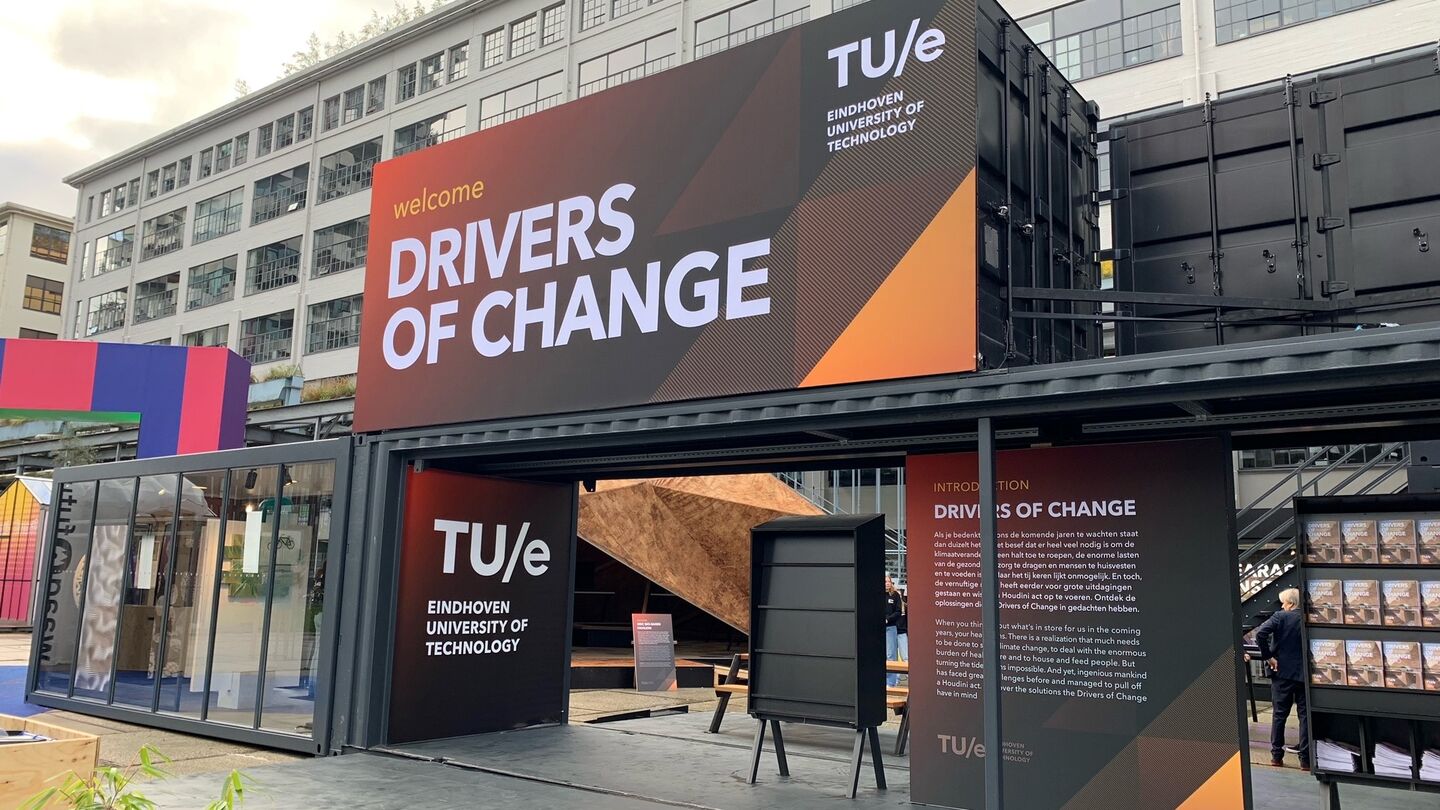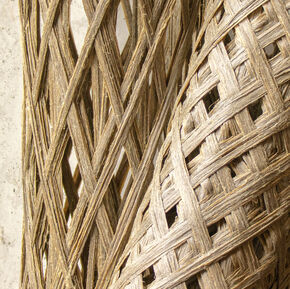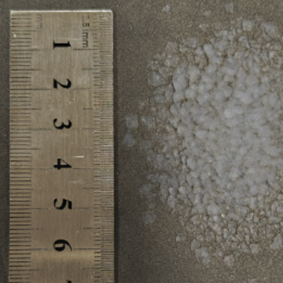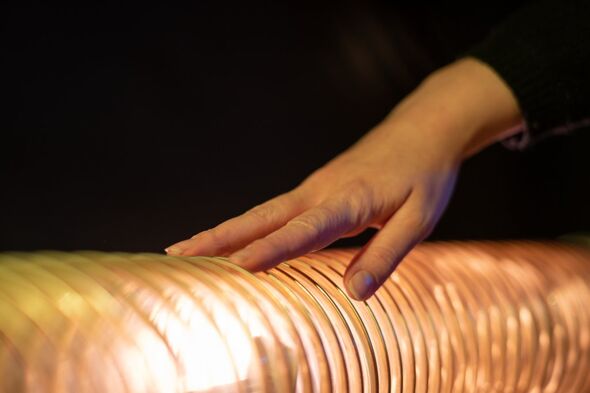
Permanent spot on campus for DDW glass containers
Future by Design new name of exhibition at Ketelhuisplein
The glass containers in which TU/e showcases some of its highlights during Dutch Design Week (DDW) will be given a permanent place on campus afterward. They will then host rotating exhibitions by the departments of Industrial Design and the Built Environment, as well as by student teams focused on design.
DDW opens to the public on Saturday, October 18, but the many TU/e employees participating in the design event have been preparing for months. As in previous years, there will be an exhibition in the Klokgebouw and on Ketelhuisplein. This year’s exhibition is called ‘Future by Design’. Its containers showcase concepts and prototypes that demonstrate how the university is working on the technology of the future, will be on display on the square.
Eyecatchers
Both the departments of the Built Environment and Industrial Design will each fill one of the glass containers for Future by Design. Assistant professor Cristina Nan from the Built Environment department has been involved in DDW exhibitions for years and will once again contribute this year. “I always make very large installations, which are visually appealing to present. And we try to bring in a good mix of building physics, design, and (bio-based) materials.”
(Bio-based) materials have become increasingly popular in recent years and even dominate this year’s theme: technology & nature. Nan’s colleague, assistant professor Marta Gil Pérez, focuses primarily on bio-based fiber composites and the use of robots to produce load-bearing structures. At DDW, she will present together with her research group, FIBRAS. “We mainly focus on developing new building structures. We want to show people what ‘raw’ material looks like in its final application.”
Professor Stephan Wensveen (ID) is pleased that the presence of TU/e on DDW is continuing and is located in the free area. "This way, everyone can see what we're doing, and our designed technology are socially relevant, so it's also important that it remains accessible to everyone."
Selection process
A lot is happening at TU/e in the field of design and technology, but selecting a suitable concept for DDW still poses quite a challenge. Mauro van der Linden, board member of the study association Lucid that curates the exhibition wants to give people an interactive experience. “Ideally, a suitable concept fits within the theme and doesn't require too much explanation. This year, in Industrial Design, we're focusing primarily on the theme of 'how a designer profiles themselves’."
At the 4TU.Design United exhibition (a collaboration between the four technical universities in the Netherlands) in the Klokgebouw, many students, often recent TU/e graduates are showcasing their work. “These can be projects that might not seem to fit the theme at first glance or that raise questions, but five years from now we’ll be glad someone was already exploring them,” says Wensveen. “It often turns out to be a student — one of the diamonds in rough we have at TU/e.”
One of those projects is Merlett: an object that tries to connect with people. Merlett is a meter-long air tube, animated with servomotors, sensors, and sound. Through shape-shifting movement, image, and sound, the object transforms from rigid material into something worm-like and alien that seems to be alive. Visitors can touch it, stroke it, or intertwine their fingers with it, triggering subtle reactions.
Gil Pérez and Nan indicate that DDW is very important to their students. "You see how they thrive on interacting with people who ask about their projects. It gives them confidence that what they're doing is important to society."
Permanent containers
Where exactly the containers will be placed on the TU/e campus for the permanent exhibition after DDW has not yet been determined. In the future, the containers will be moved from the campus to Strijp-S once a year. "We're renting them for the last time now for DDW; after that, we'll buy containers," says Van der Geer. "This will also make the preparations for DDW more efficient, as we'll make displaying in the containers part of the design cycle."
Assistant professor Florent Gauvin who is presenting his group’s aerogel project, a new type of isolation, is pleased with the permanent containers. “It's great that we have more opportunities to permanently showcase our work. It feels fantastic to work on technology that will make our future more sustainable and livable, but now we can involve the outside world much more often.”
Last year, there were cutbacks in TU/e’s participation in DDW—or rather, a firm requirement to stay within budget, says Van der Geer. “We recognize the importance of DDW for us and for the region, but every year we significantly exceeded the budget, and that’s no longer feasible. Everyone has to tighten their belts.” Drivers of Change (the predecessor of Future by Design) did end up happening in 2024, but in a scaled-down form. This year’s exhibition will also be smaller.
Visit DDW
Both TU/e exhibitions are located in Strijp-S. Future by Design on Ketelhuisplein is free, while the exhibition in the Klokgebouw requires a ticket. Dutch Design Week runs from October 18 to 26.




Discussion